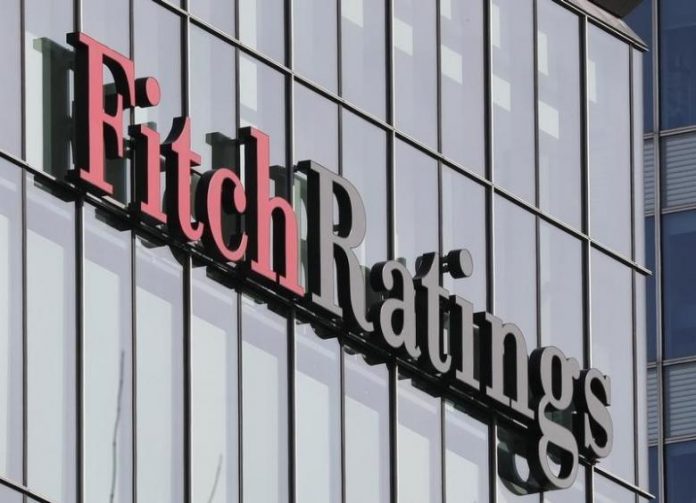LONDON: Fitch Ratings expects that the world gross domestic product (GDP) will grow by 6.3 percent in 2021, while growth is expected to slow to 4.3 percent in 2022.
According to Fitch Ratings’ latest Global Economic Outlook (GEO), released on Wednesday, a faster-than-expected global economic recovery is boosting prices as supply chains have struggled to keep up with rapidly expanding consumer durables demand and world merchandise trade. However, slower growth, supply adjustments in bottleneck sectors, a switch back towards services consumption, and fading impacts from US fiscal stimulus should see the rate of inflation decline in 2022.
Fitch now expects world GDP to grow by 6.3% in 2021, revised up by 0.2 percent since the March GEO. Incoming data, earlier-than-expected services sector reopening in the US and Europe, and the impact of policy support lie behind the revision. World growth is expected to slow to 4.3% in 2022.
“We have raised our 2021 growth forecasts for most developed economies, with the US revised up to 6.8% from 6.2%, the eurozone to 5.0% from 4.7%, and the UK to 6.6% from 5.0%. Only Japan has seen a reduction, to 2.5% from 3.6% in the previous GEO, but this has been accompanied by an upward revision in 2022. China’s forecast is unchanged at 8.4%, but we have trimmed growth in emerging markets excluding China to 5.9% from 6.0%,” said Fitch.
This reflects a large reduction in India’s forecast and cuts to Indonesia and Turkey, partly offset by upward revisions to Brazil, Mexico, South Africa and Korea. A host of indicators point to the reopening of face-to-face services in the past couple of months in Europe and the US, as new cases and hospitalisation rates have declined and vaccination rollout has progressed.
The rating agency said that Germany and Italy have announced significant further fiscal policy-easing measures since the previous GEO and investment plans using the EU’s Next Generation EU fund have been firmed up. “We have also now incorporated an estimate of the impact of President Biden’s infrastructure plans in our US forecasts for 2022 and 2023.”
The effect of the US March stimulus has become clearer, including its contribution to the boom in US consumer durables spending, now a staggering 30% higher than pre-pandemic levels. Durables strength has pushed up US merchandise imports, helping EM manufacturing exporters and the recovery in world trade, according to GEO. Alongside the synchronous global recovery, this has fuelled a sharp rise in global commodity prices, similar to 2010, said Fitch Ratings.




